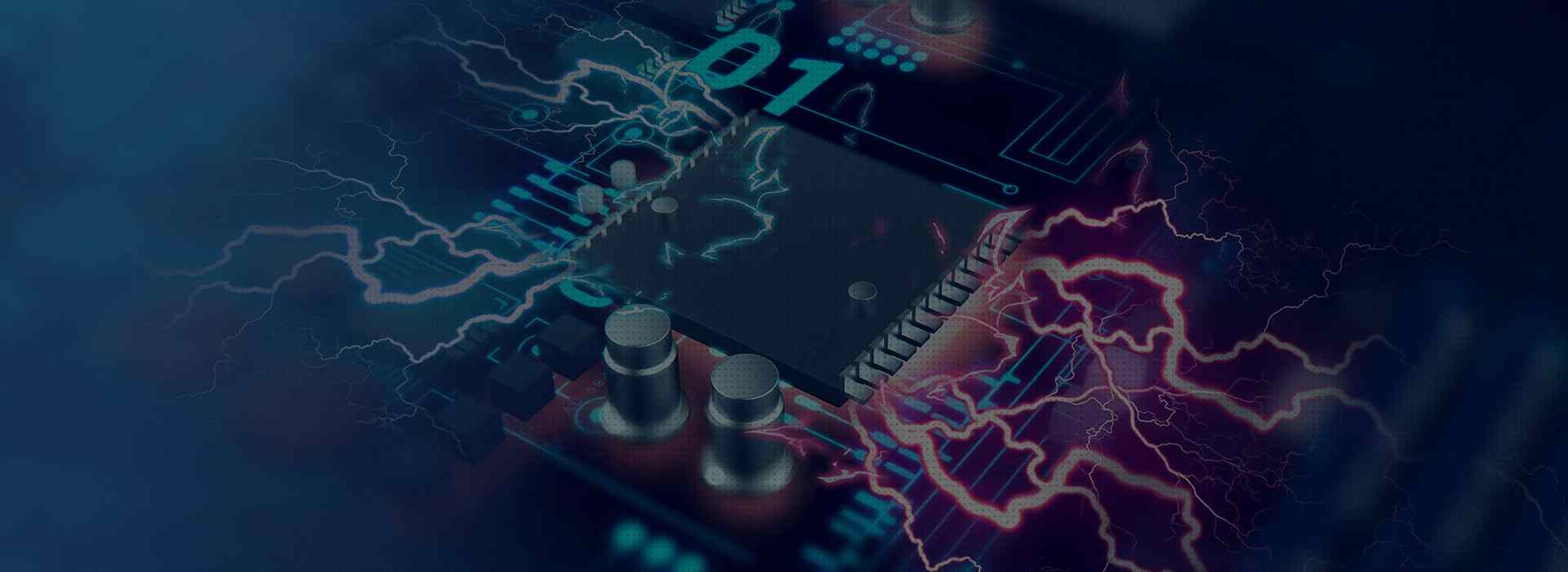Introduction
Rogers Corporation, an engineering company founded in 1832 in the United States, is a major manufacturer of high-performance engineered materials. One of their most well-known products is the Rogers RO4000 series circuit substrate laminates, commonly known as Rogers substrate. This article provides an overview of Rogers substrate features and pricing.
Key Features of Rogers Substrate
Rogers substrate offers several key benefits that make it a popular choice for high-frequency, high-speed digital and RF circuit designs:
High Frequency Performance
The Rogers RO4000 series substrates have excellent dielectric properties, low loss, and tight impedance control that allow circuits to operate at frequencies up to 110GHz. This makes them suitable for applications like 5G, automotive radar, and high-speed data transmission.
Thermal Management
The substrates have high thermal conductivity that enables efficient thermal management of circuits. This helps minimize signal loss and prevent failures related to overheating.
Easy Circuitization
The laminates can be easily machined and etched to create printed circuit boards. The materials are also compatible with standard PCB fabrication methods.
Mechanical Stability
The substrates provide mechanical stability under varying temperature and humidity conditions to prevent failures due to cracking or delamination.
Light Weight
The Rogers RO4000 series materials are lighter than traditional substrate options like FR4. This helps reduce overall system weight.
Rogers Substrate Pricing

Rogers substrate pricing depends on the specific product type within the RO4000 series. Here are some typical price ranges:
- RO4003C: $550 – $650 per square meter
- RO4350B: $450 – $550 per square meter
- RO4835: $500 – $600 per square meter
In general, pricing is based on:
- Volume – larger quantity orders get better pricing
- Thickness – thicker substrates are more expensive
- Cladding – addition of copper cladding increases cost
Custom options like different dielectric thicknesses, laminations, and copper weights have higher pricing.
Conclusion
With excellent high frequency performance, thermal management, and mechanical stability, Rogers substrate products like RO4003C and RO4835 are ideal choices for designing high-speed, high-frequency PCBs and circuits, despite the relatively higher cost. Their unique properties and quality make them a popular substrate option for defense, aerospace, automotive, and communication applications.
Frequently Asked Questions
What are some typical applications of Rogers substrates?
Some common applications are radar systems, satellite communication, 5G equipment, defense electronics, automotive radar, and high-speed digital designs. The high frequency, low loss, and stable electrical performance make Rogers substrates well suited for these uses.
How does Rogers substrate compare to FR4?
Rogers laminates have much better high frequency performance compared to traditional FR4 material. They have tighter impedance control, lower loss, and can work up to 30GHz higher frequencies versus FR4. They are also thinner and lighter. However, FR4 is significantly cheaper.
Can Rogers substrates be soldered?
Yes, Rogers substrates can be soldered using standard soldering methods. Certain products like RO4003C are designed for multilayer boards with plated through holes that require soldering. Proper solder masks, pretreatment, and following Rogers soldering guidelines are recommended.
Are Rogers substrates suitable for multilayer PCBs?
Definitely, the stable electrical and mechanical properties of Rogers laminates make them a good choice for multilayer boards, especially for high frequency applications. Many products like RO4835 and RO4003C are commonly used for multilayer RF circuit boards.
How should Rogers substrates be stored?
It’s recommended to store Rogers substrate laminates in a cool, dry place (18-24°C at 40-60% relative humidity). Allowing moisture absorption can affect electrical performance and cause delamination. Storing with desiccant bags can help maintain dryness.

Leave a Reply